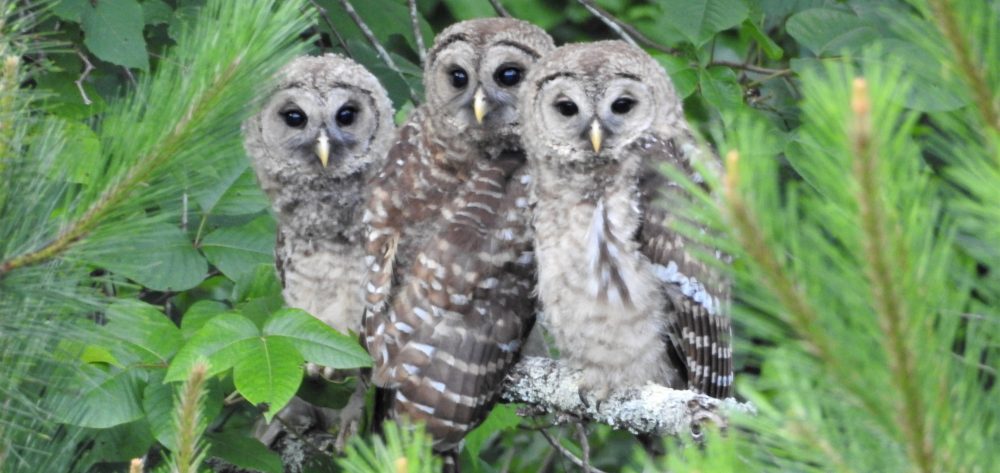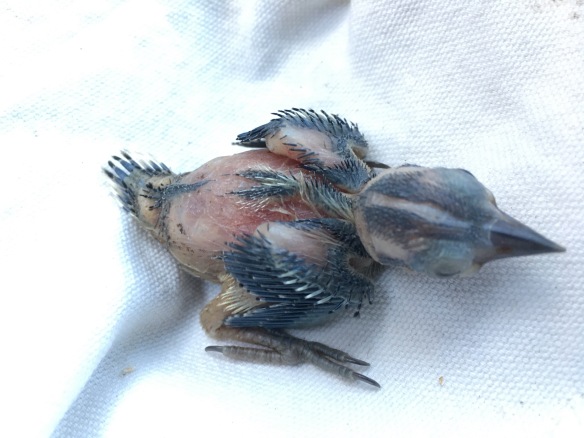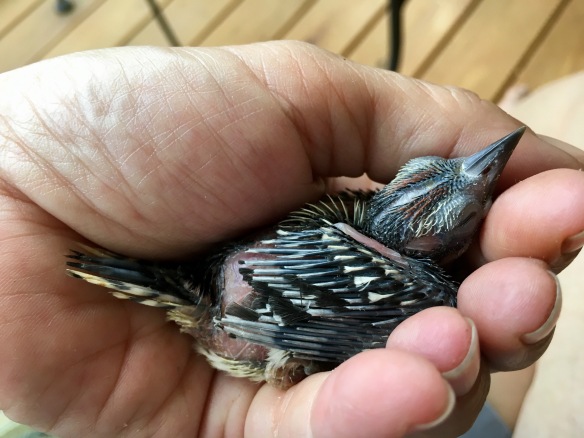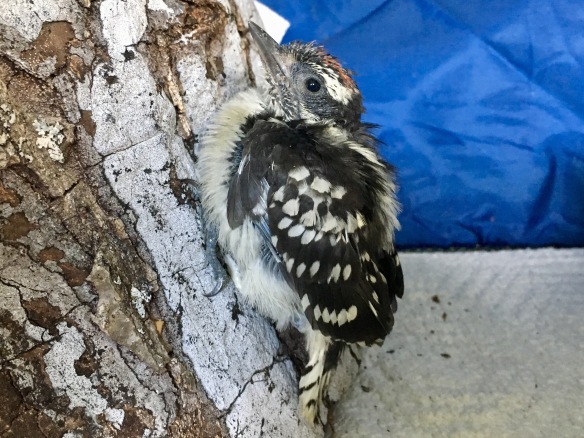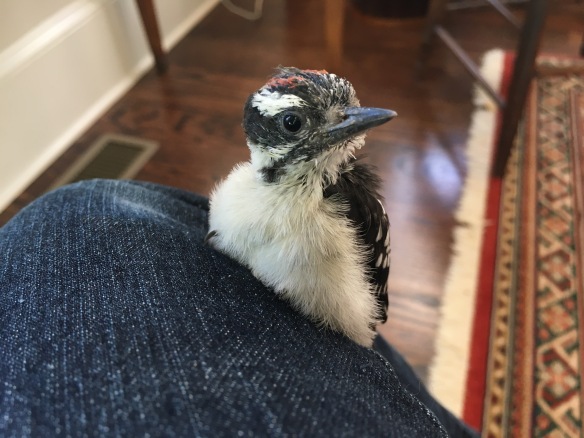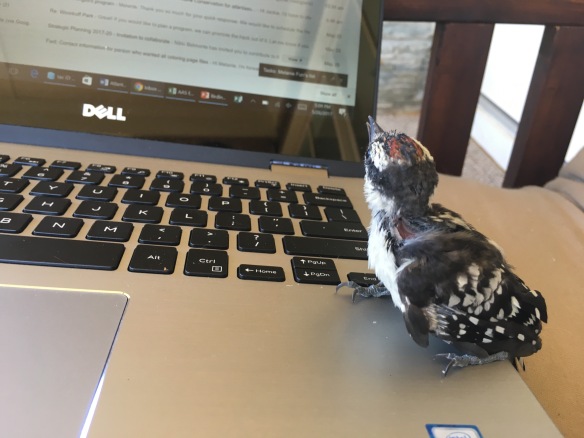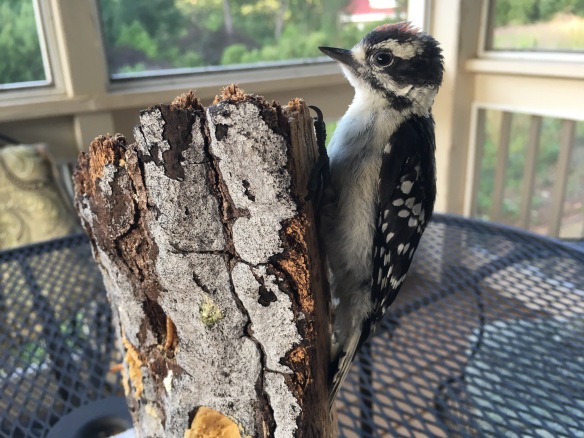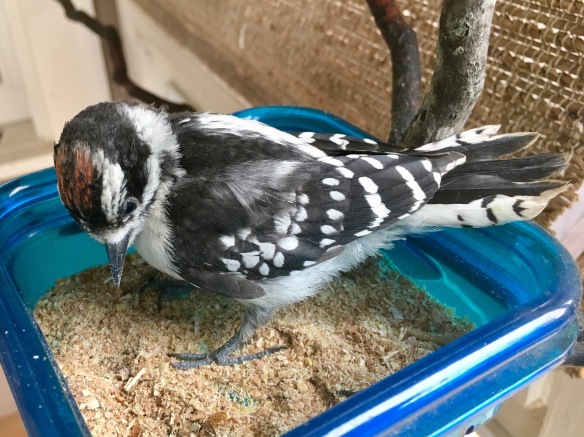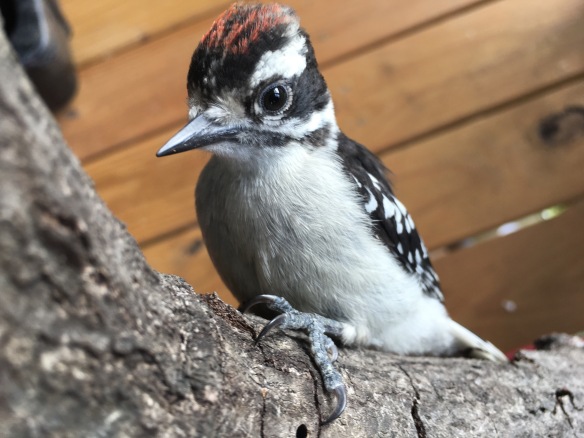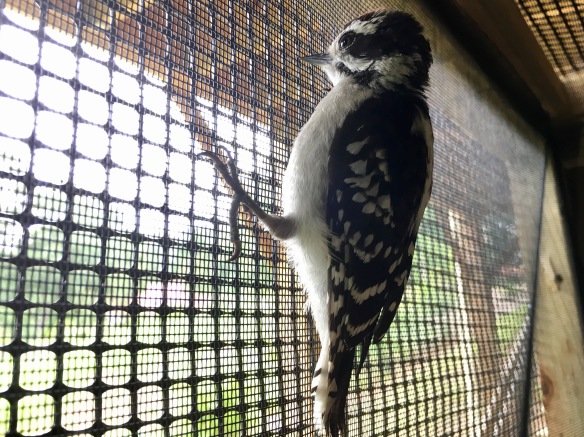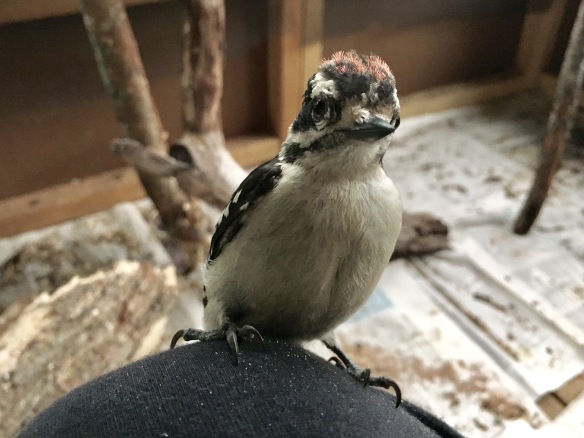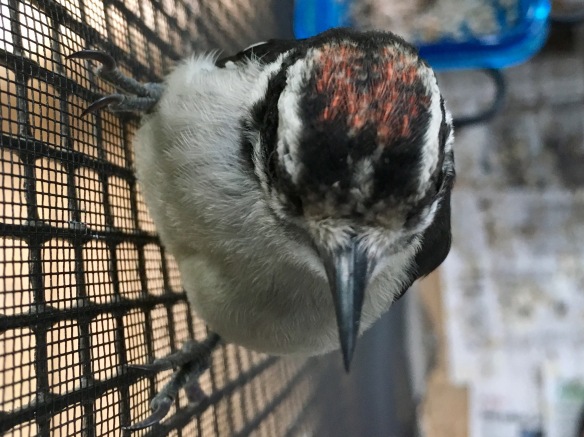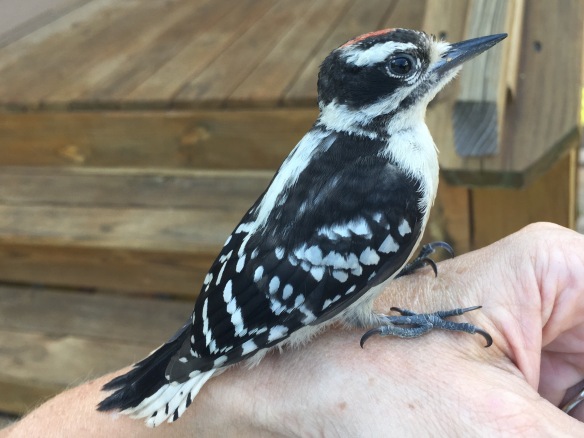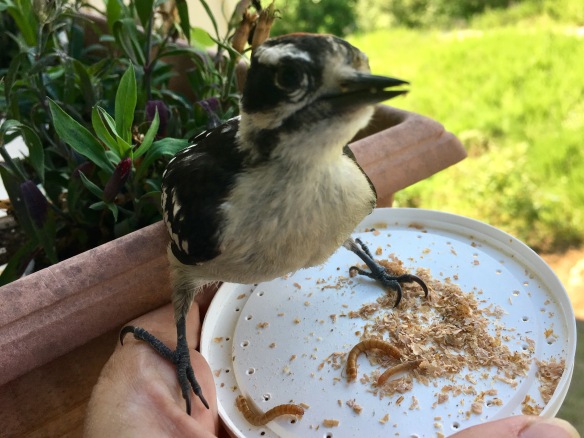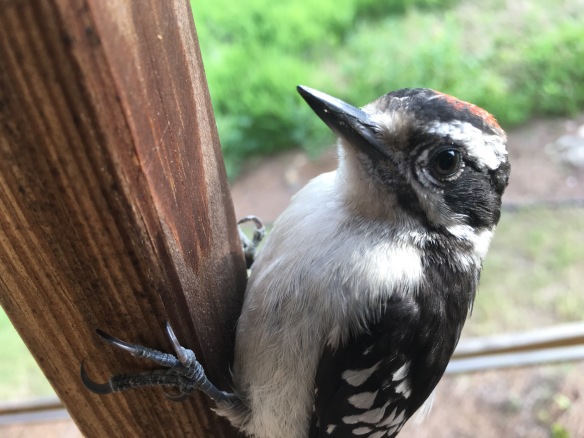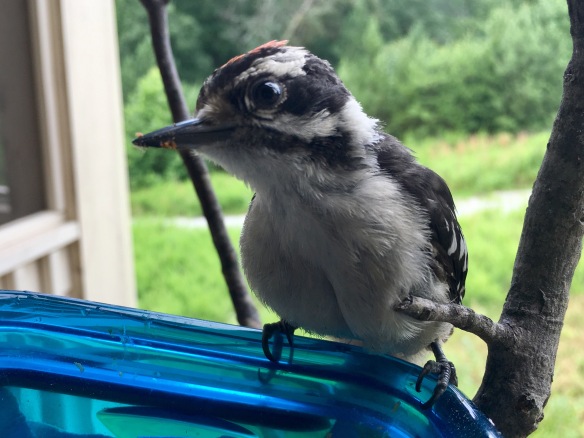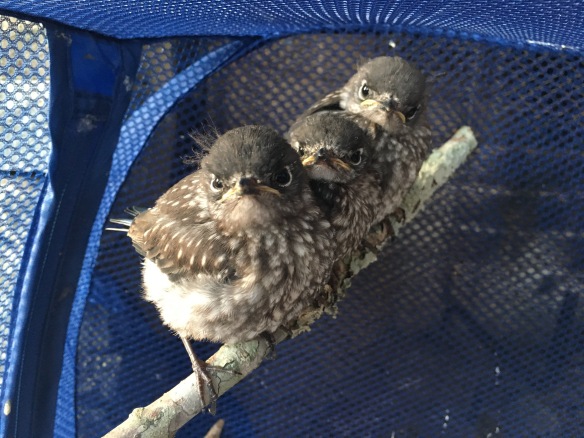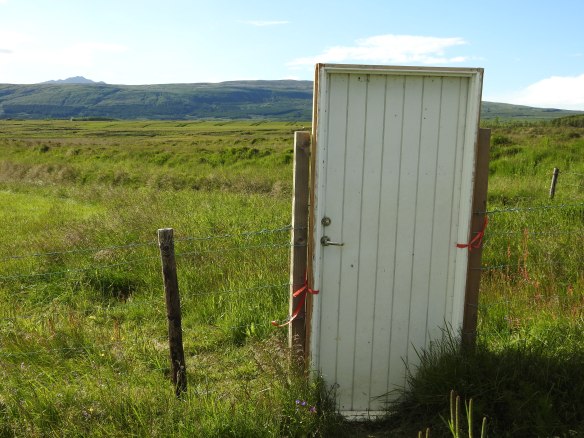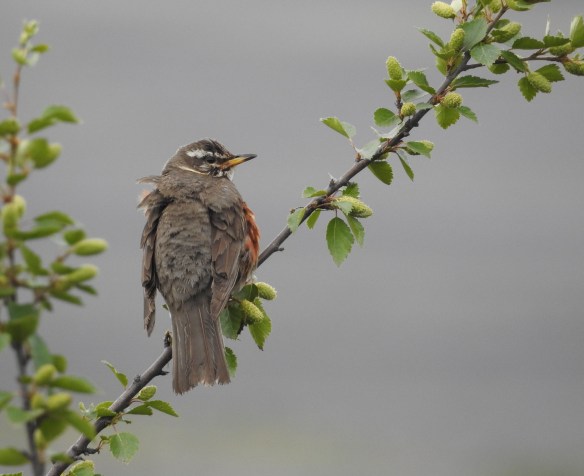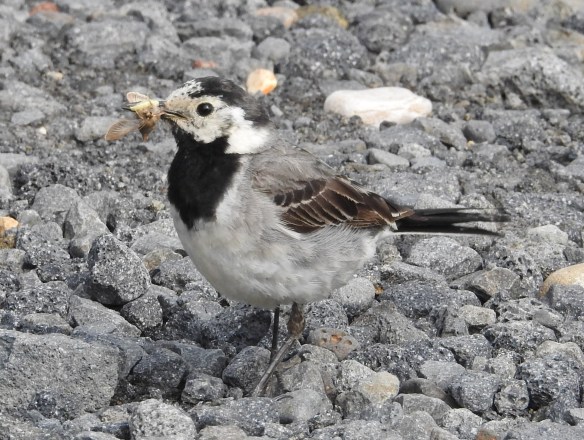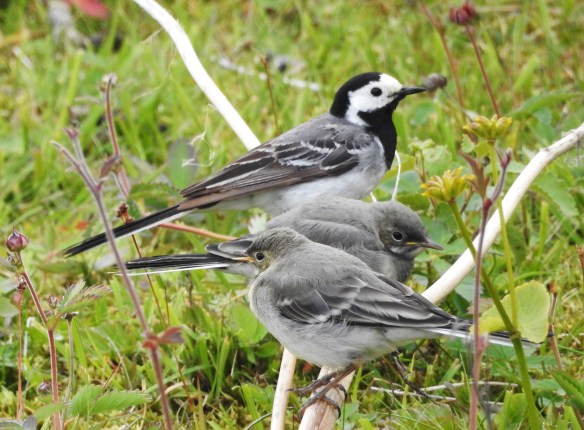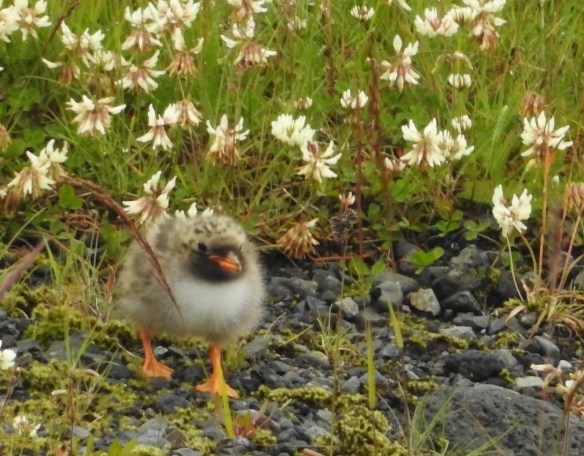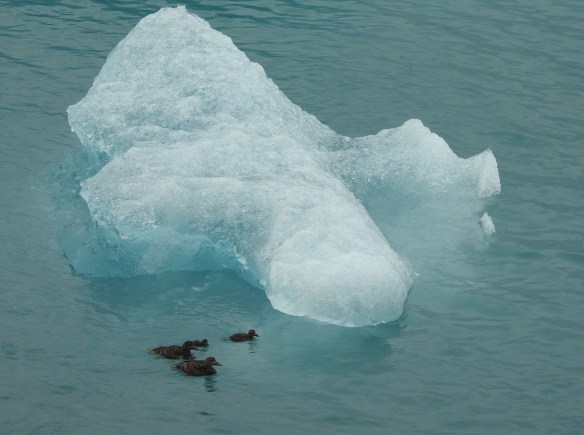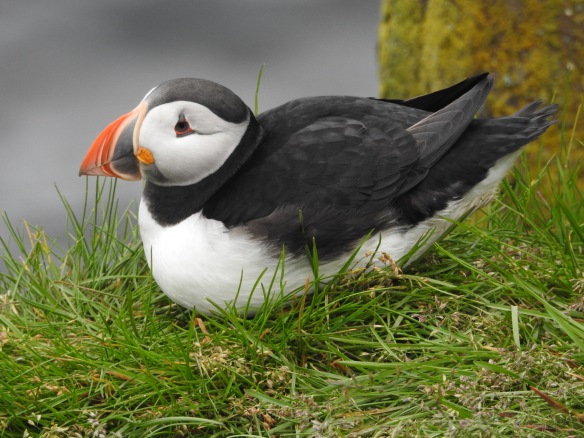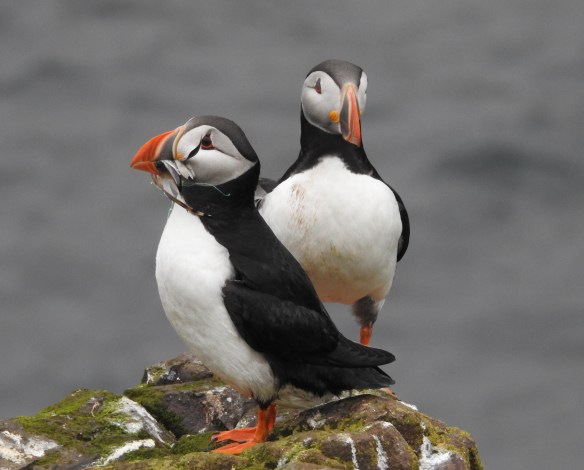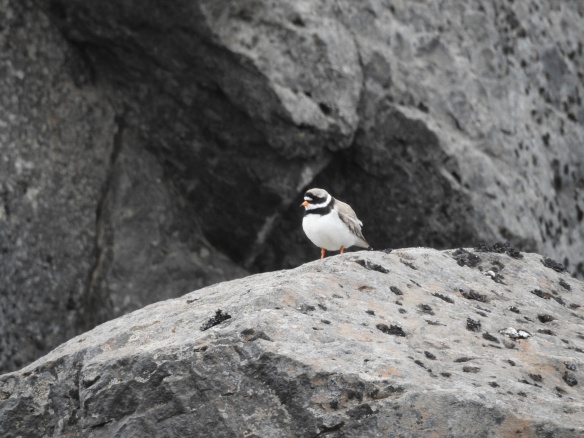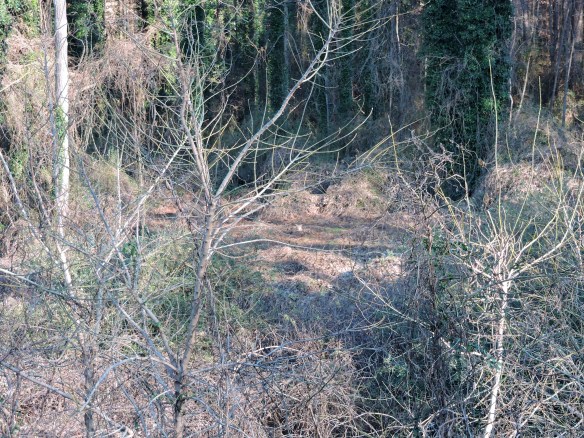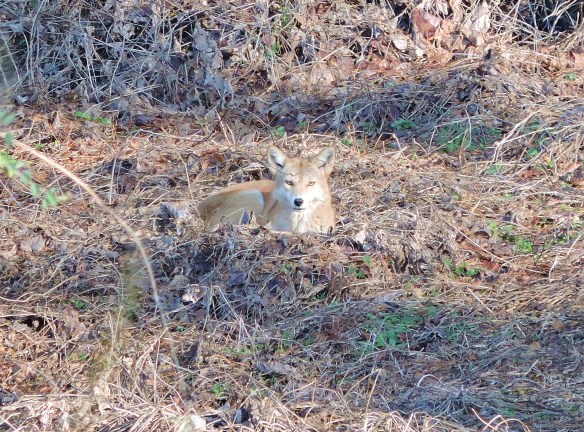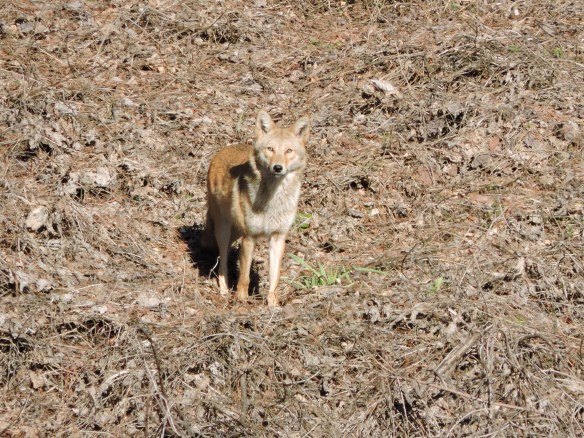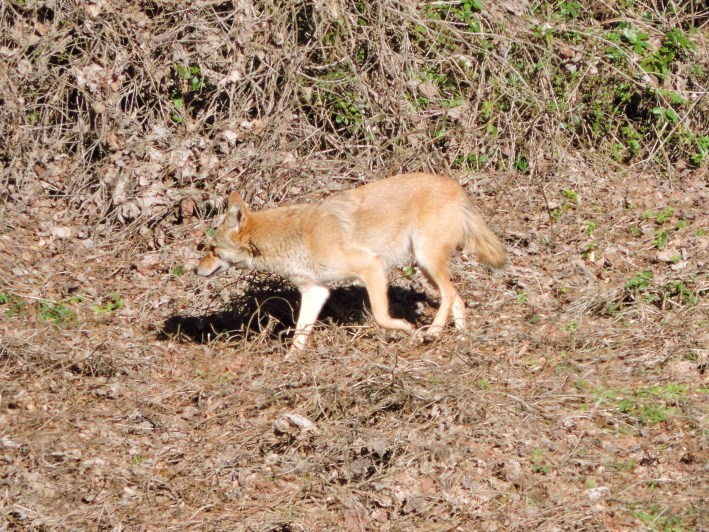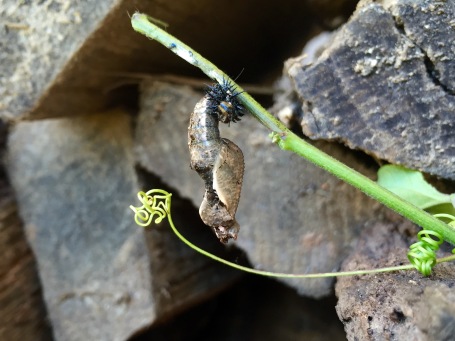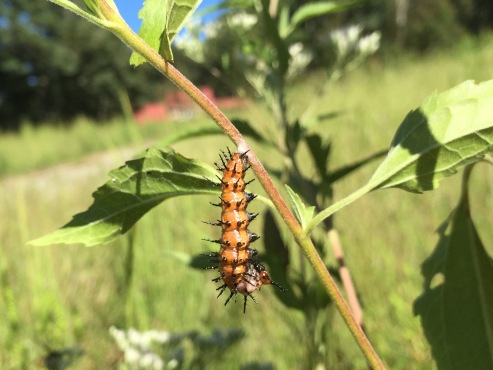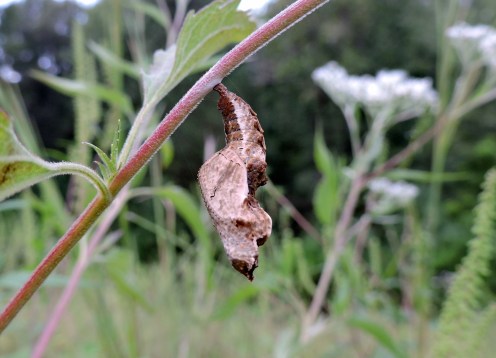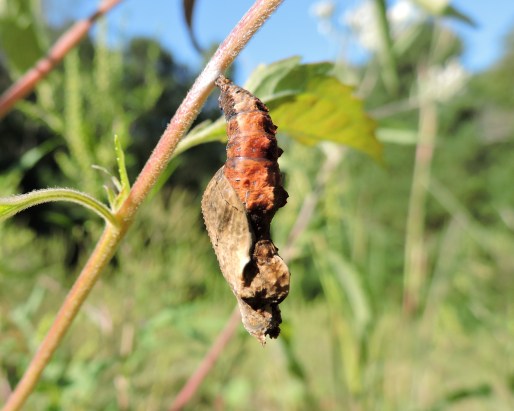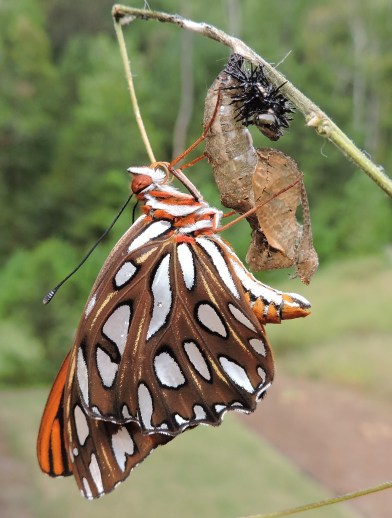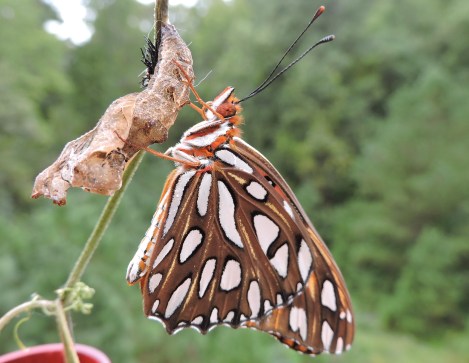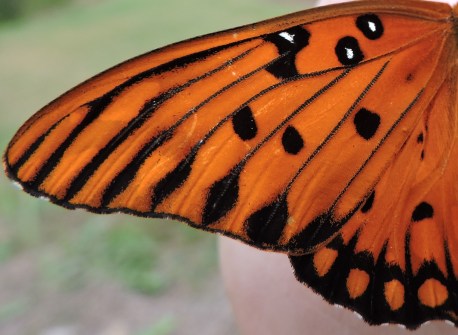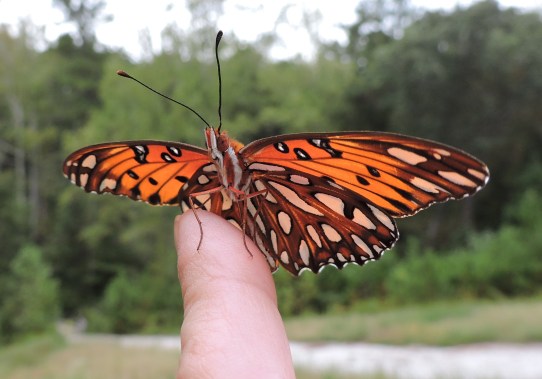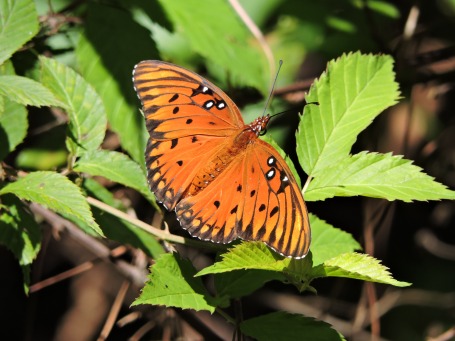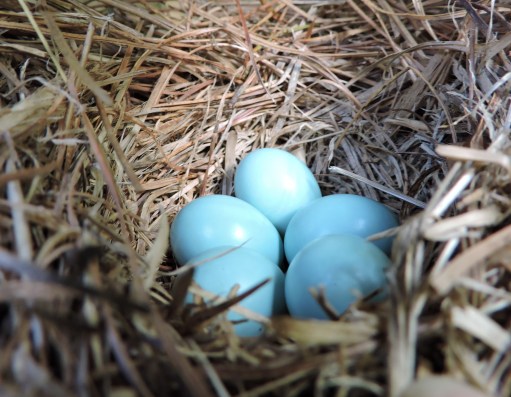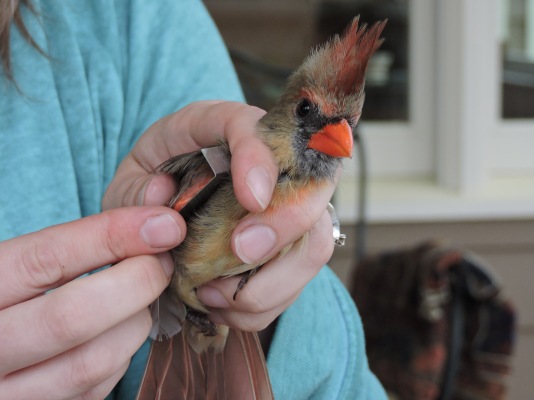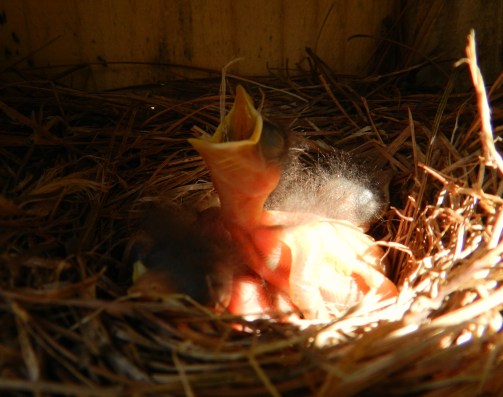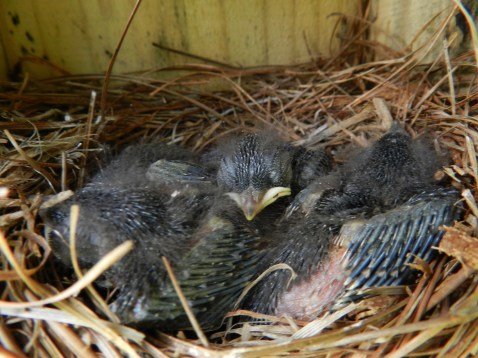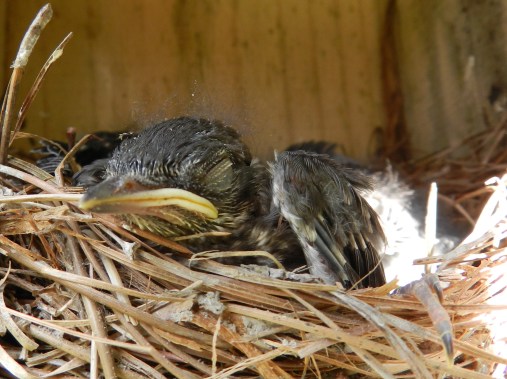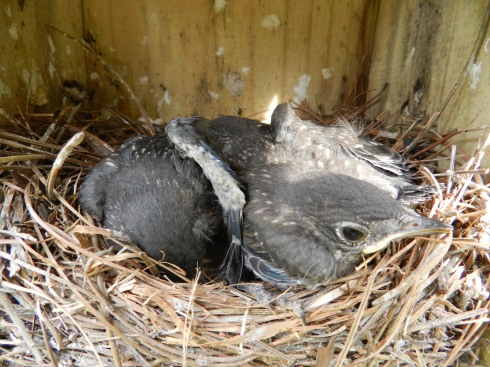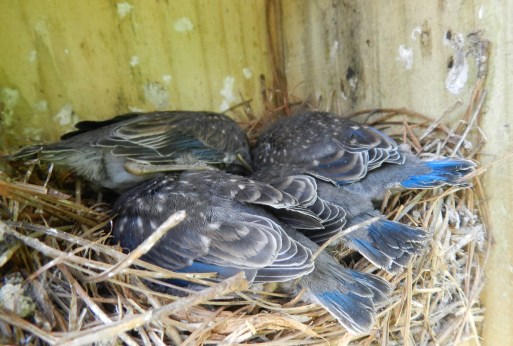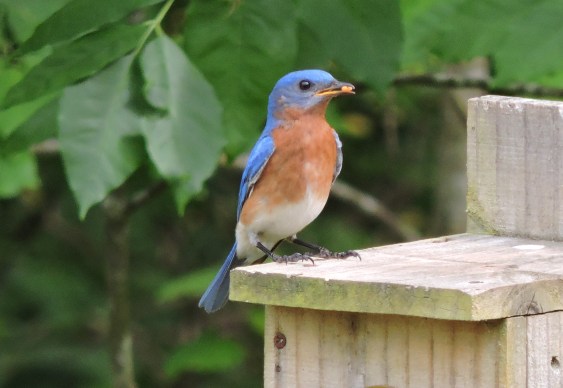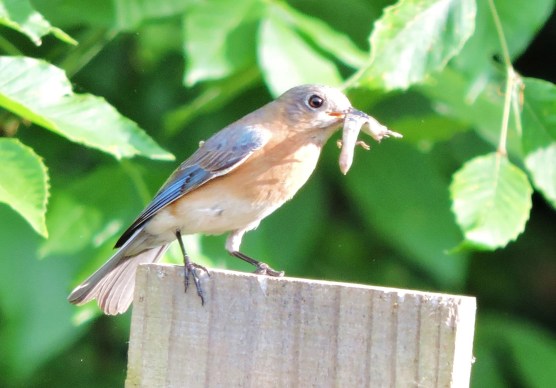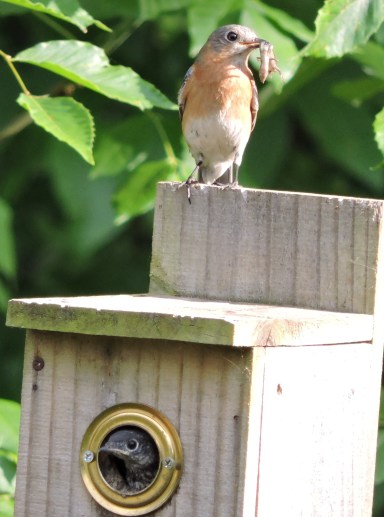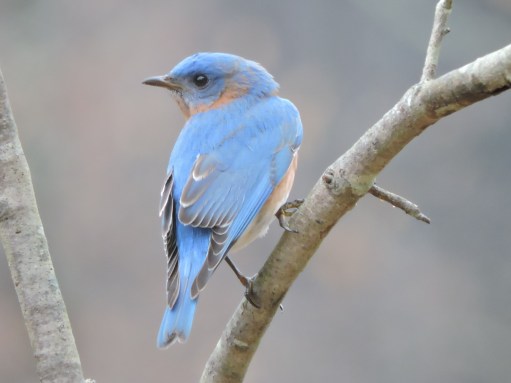When I texted David Bean on the way home from a recent family trip to Florida to let him know that we planned to drive by to look for “Charlie,” the Burrowing Owl who has spent the past three winters on his farm in Miller County, GA, he promptly texted me back, “stop by the house and we’ll fix you a cup of coffee.” I first met David and his wife Judy, the definition of southern charm and hospitality, when a good friend and I decided to chase a few rarities in southwest Georgia last winter. We’d been virtually introduced by a mutual friend and had been invited to stop in for breakfast when we arrived at their 1500-acre farm in the rural town of Donalsonville. Having never seen a Burrowing Owl before, I was eager to find it, but David assured us we’d get a glimpse. Over coffee we learned that David and Judy both grew up on farms in Donalsonville but spent many years in the northwest part of the state, where David had a career in law enforcement and Judy was a school superintendent. When they retired several years ago, they returned to Judy’s family farm in Donalsonville, moving into her childhood home that her parents purchased in the late 1940s. Their breeding stock of Angus cattle is also retired, grazing in wide open pastures, and the Beans are now focused on improving the land for wildlife, including Charlie.
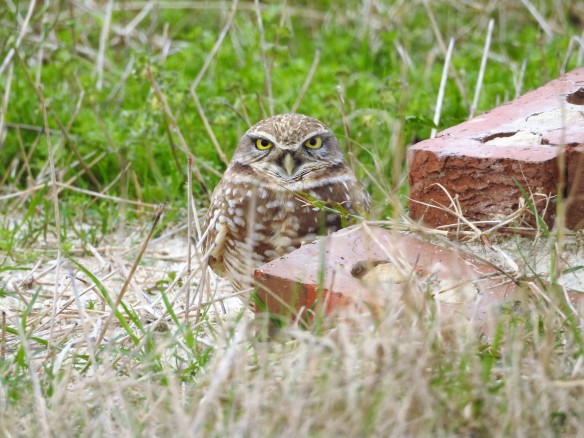
Charlie glares at the camera from outside her burrow.
When David emailed the Director of the Global Owl Project, David Johnson, to let him know about Charlie, he received a prompt reply that began, “A very exciting observation there. . .You have something very special!!!!” As Georgia’s only confirmed Burrowing Owl since the mid-1990s, Charlie is pretty extraordinary. According to Johnson, the rich brown coloration on the chest and flanks and the lack of a prominent white eyebrow and chin indicate that Charlie is most likely female. Based on her arrival in early October and departure in early May, he thinks she is probably a migratory western subspecies overwintering at the Bean farm, possibly journeying from as far north as the Dakotas or Manitoba, or maybe the Midwest. With a breeding range extending from central Mexico through most of the western United States into Canada (though absent in mountainous areas), the western subspecies of Burrowing Owl consists of migratory, partially migratory, and resident populations. (The Florida subspecies, found in southern Florida with disjunct populations in the panhandle and a few Caribbean islands, is non-migratory.) Limited data from geolocators suggests that owls from the northernmost breeding areas spread out across a remarkably wide area in winter, many leapfrogging resident populations in southwestern states to winter in Mexico. Johnson also noted that winter site fidelity is high, with owls returning to the “same burrow year after year, even if they do not use the same nest site.”
The only owls in the world that nest exclusively underground, Burrowing Owls are birds of dry, open places including deserts, prairies, pastures, and coastlines, but they have readily adapted to living in proximity to humans and can be found at golf courses, airports, and vacant lots. Both subspecies have faced significant population declines in recent decades, and the western subspecies is listed as endangered in several states in which it occurs. Habitat loss is a major threat, and in the west, the persecution of mammals like prairie dogs, badgers, and ground squirrels that provide the burrows the owls need compounds the problem. (The Florida subspecies will dig their own burrows.)
This year, when Charlie returned for the third consecutive winter, she found not one, but two luxurious new burrows awaiting her. (In previous years, she has roosted in a sewer pipe and an armadillo burrow.) Last spring, Wayne Schaffner helped David install the artificial burrows in a pasture near her previous roosts. Using plans suggested by the Global Owl Project, they dug five-foot deep holes and filled them with sand before installing the burrows, which David constructed with a 55-gallon drum cut in half for the main chambers and flexible corrugated drain pipe for the 10-foot long tunnels. On most days, Charlie can be seen sitting just outside one of her two burrows, which David has cordoned off with rails that keep her safe from the cows (and mark the spot for birders, who are asked to stay in their cars so they don’t disturb her). David says Charlie perches on a nearby fence post at dusk, probably getting ready for her nighttime hunt.
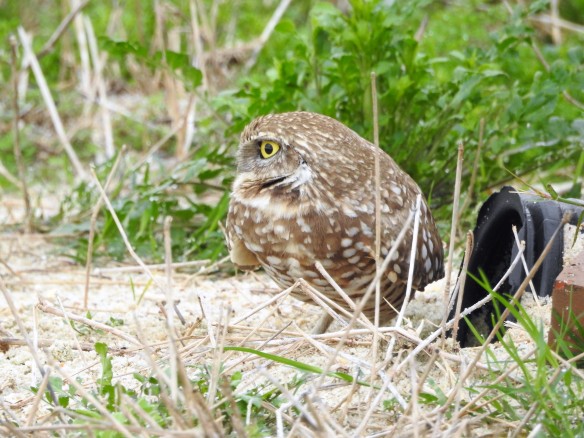
The bottom section of pipe leading to the burrow is cut out so that Charlie can walk on a natural surface.
Charlie is not the only notable snowbird on the Bean’s farm. A Vermillion Flycatcher and a Say’s Phoebe have also wintered there in recent years. David regularly sees Loggerhead Shrikes, American Kestrels, Great Horned Owls, and Cooper’s Hawks (which he calls “blue darters”), and he gave up his small flock of chickens a few years ago when a pair of Bald Eagles took up residence nearby. When I called recently to ask a few questions about Charlie, he’d just installed a nest box for a pair of Barn Owls he discovered roosting in his silo. (Charlie must be extremely savvy to make a living with so many aerial predators nearby!) In keeping with a practice started by his father, David has built and installed more than 40 bluebird boxes on his land, as well as giving them away to neighbors and friends. Birds aren’t the only beneficiaries of his handiwork though. During my recent visit, he showed me the nest box he made for a colony of wild bees after Hurricane Michael slammed the area last fall and destroyed their tree hollow. “Well, they’re so beneficial,” he replied, when asked what motivated him to help them.
I hope Charlie will return to Georgia for many years to come. She was lucky to land at David and Judy Bean’s farm, and the birding community has been lucky for the welcome we have received as well. If only everyone would be so gracious to strangers and the wildlife with whom we share the planet! I was excited to get a life bird when I first saw Charlie last winter, but I consider myself even more fortunate to have met the remarkable people looking out for her.
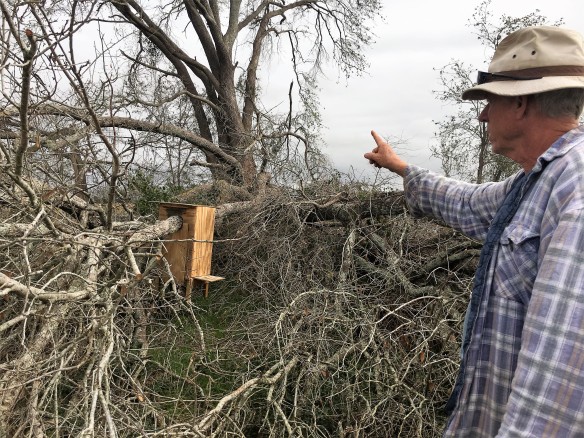
David points out the nest box he made for a colony of bees after their tree cavity was destroyed.
